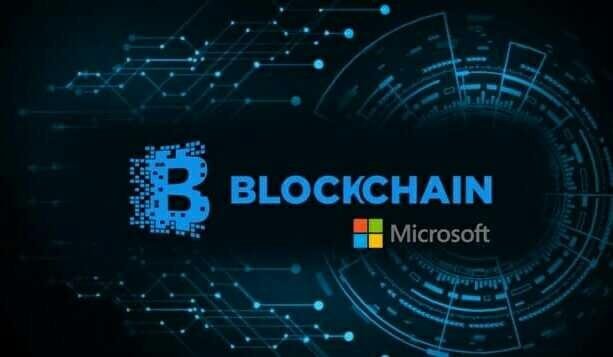Beautiful Blockchain ( Part - II )

Types of blockchains
A blockchain can be both permissionless (e.g., bitcoin and Ethereum) or permissioned, like the different Hyperledger blockchain frameworks. The choice between permissionless and permissioned blockchains is driven by the particular use case. A permissionless blockchain is also known as a public blockchain, because anyone can join the network. A permissioned blockchain, or private blockchain, requires preverification of the participants within the network, who are usually known to each other.
Characteristics of blockchains
Here is a list of some of the well-known properties of blockchains.
Immutability of data
The immutability of the data which sits on the blockchain is perhaps the most powerful and convincing reason to deploy blockchain-based solutions for a variety of socio-economic processes that are currently recorded on centralised servers. This ‘unchanging over time’ feature makes the blockchain useful for accounting and financial transactions, in identity management and in asset ownership, management and transfer, just to name a few examples. Once a transaction is written onto the blockchain, no one can change it or, at least,
it would be extremely difficult to do so.
Transparency
Transparency of data is embedded within the network as a whole. The blockchain network exists in a state of consensus, one that automatically checks in with itself. Due to the structure of a block, the data in a blockchain cannot be corrupted; hence altering any unit of information in it is almost impossible. Though, in theory, this can be done by using a huge amount of computing power to override the
entire network, this is not possible practically.
Decentralisation
By design, the blockchain is a decentralised technology. Anything that happens on it is a function of the network, as a whole. A global network of computers uses blockchain technology to jointly manage the database that records transactions. The consensus mechanism discussed next ensures the correctness of data stored on the blockchain.
Security
By storing data across its network, the blockchain eliminates the risks that come with data being held centrally, and the network lacks centralised points of vulnerability that are prone to being exploited. The blockchain ensures all participants in the network use encryption technologies for the security of the data. Primarily, it uses PKI (public key infrastructure), and it is up to the participants to select other encryption technologies as per their preference.
This user is on the @buildawhale blacklist for one or more of the following reasons: